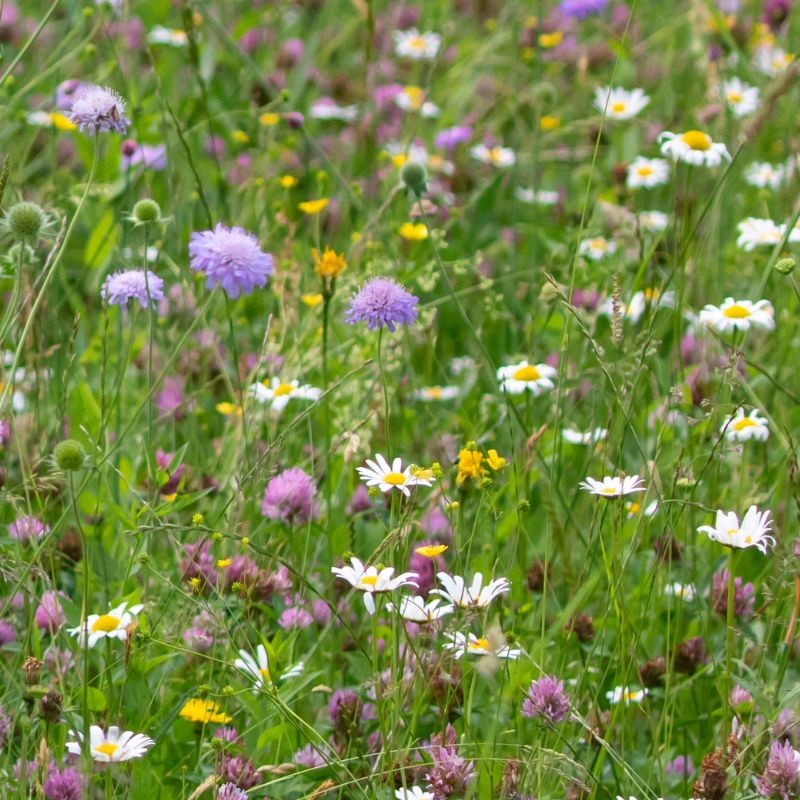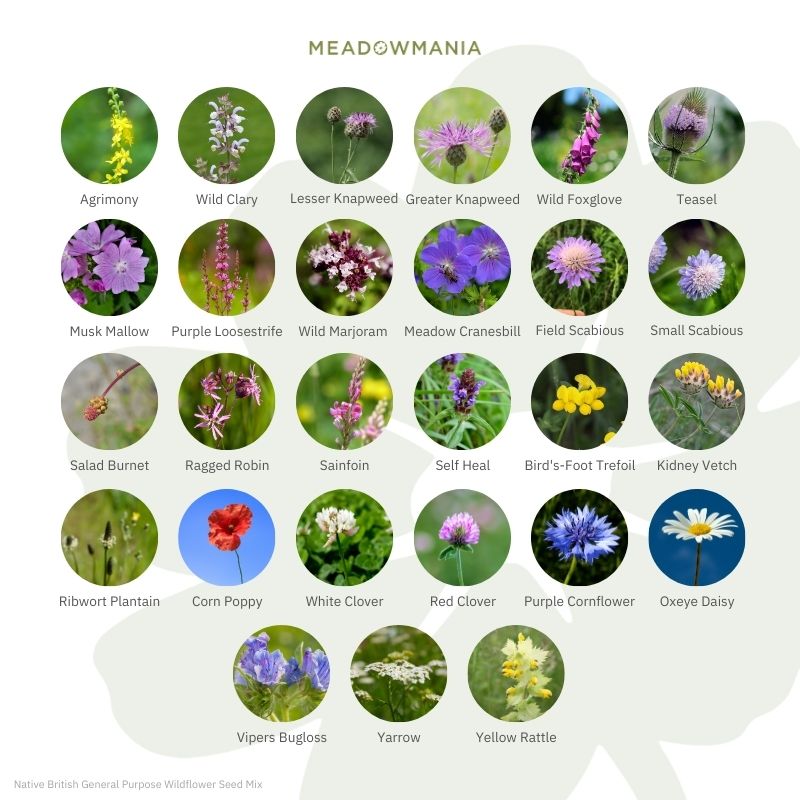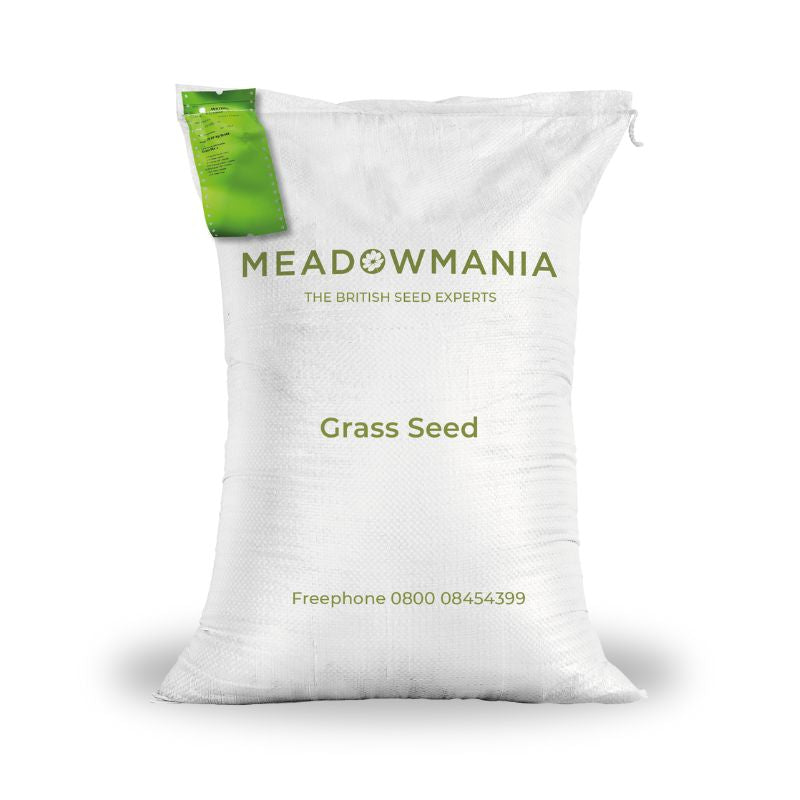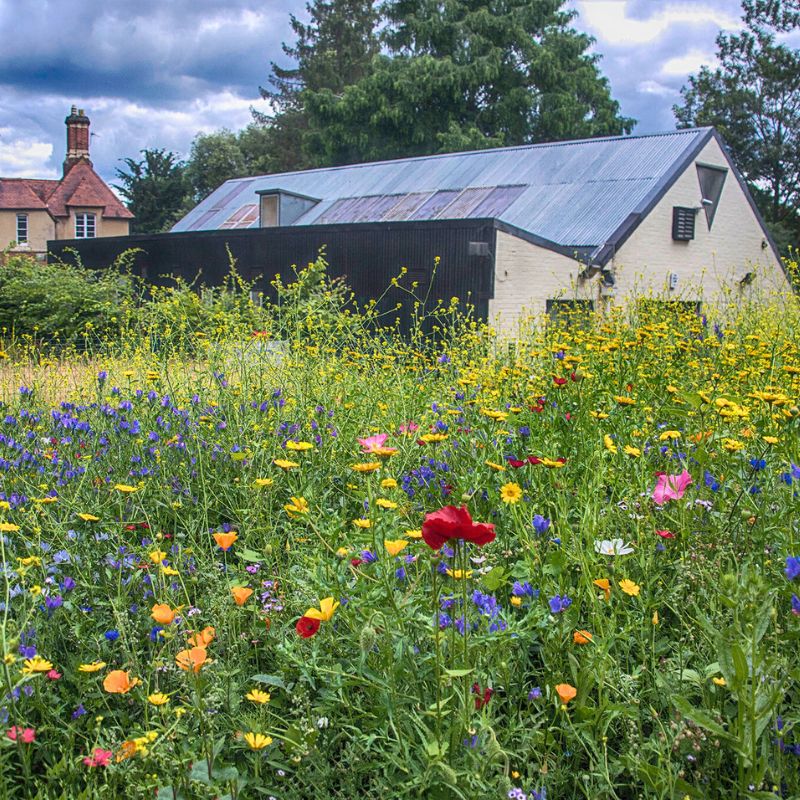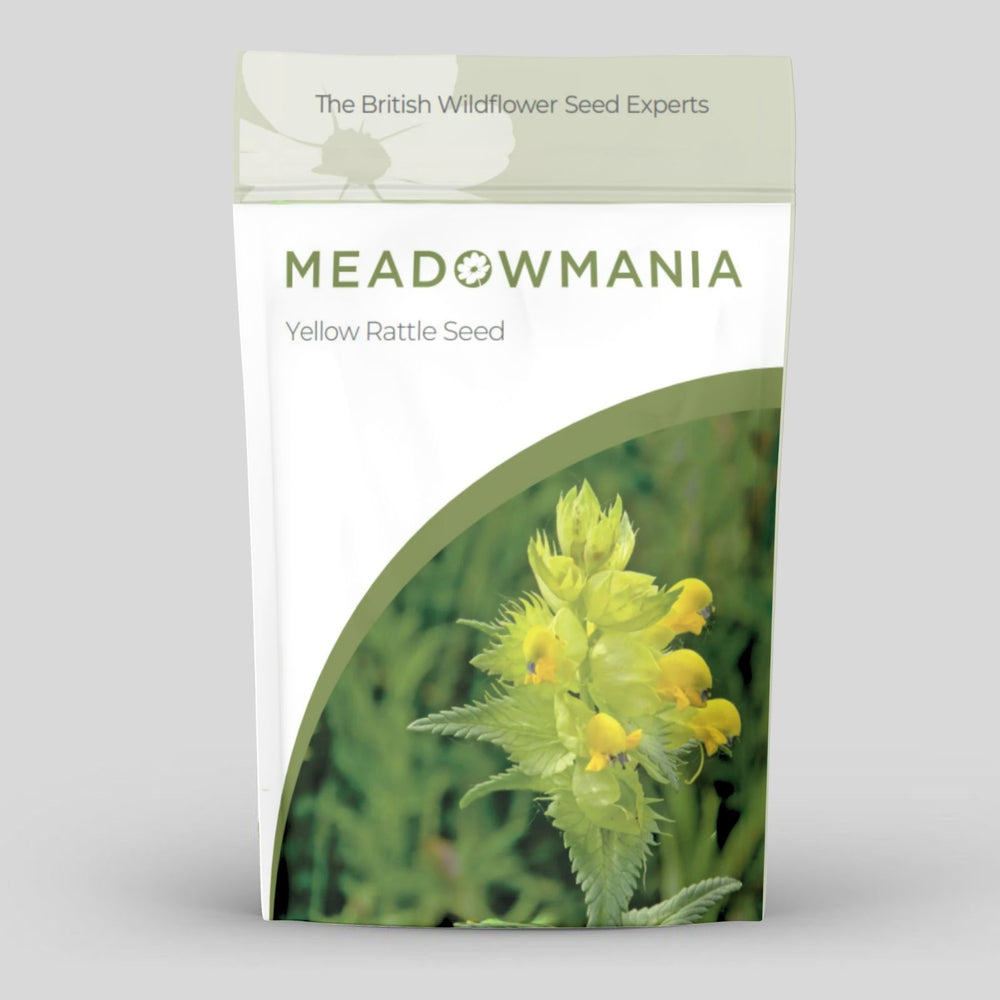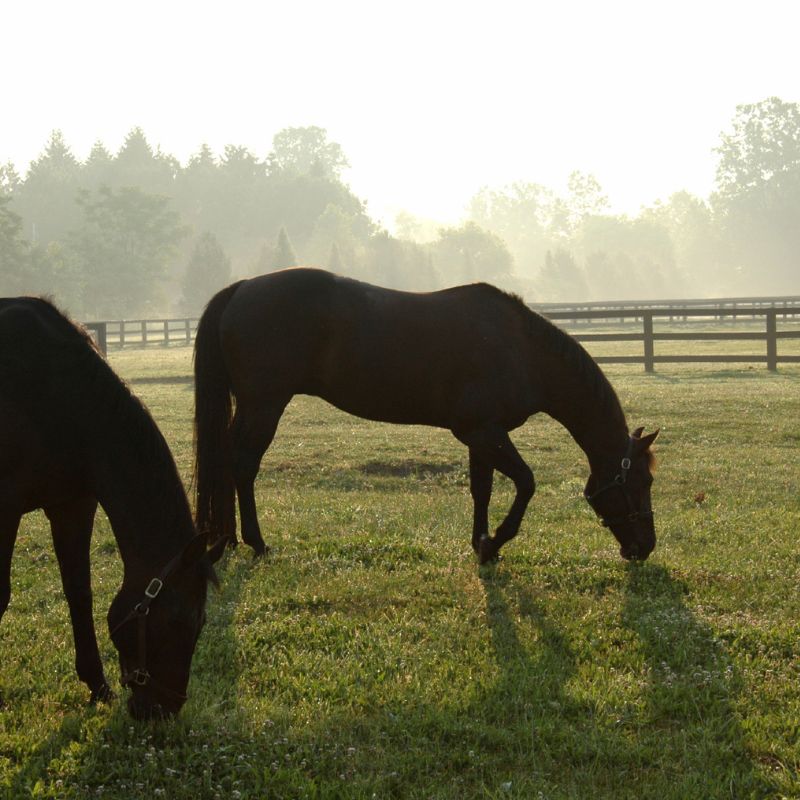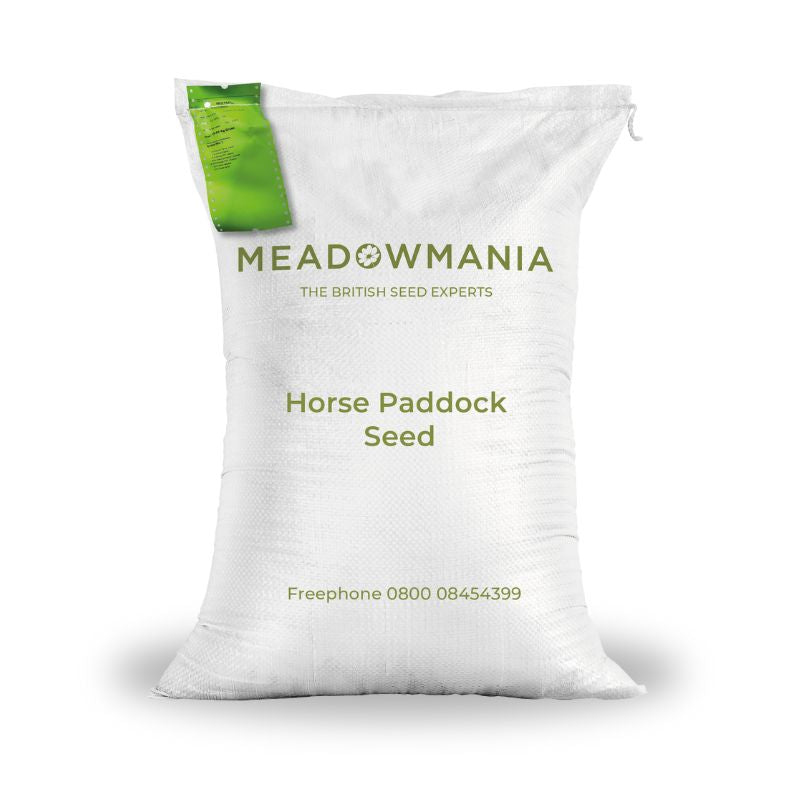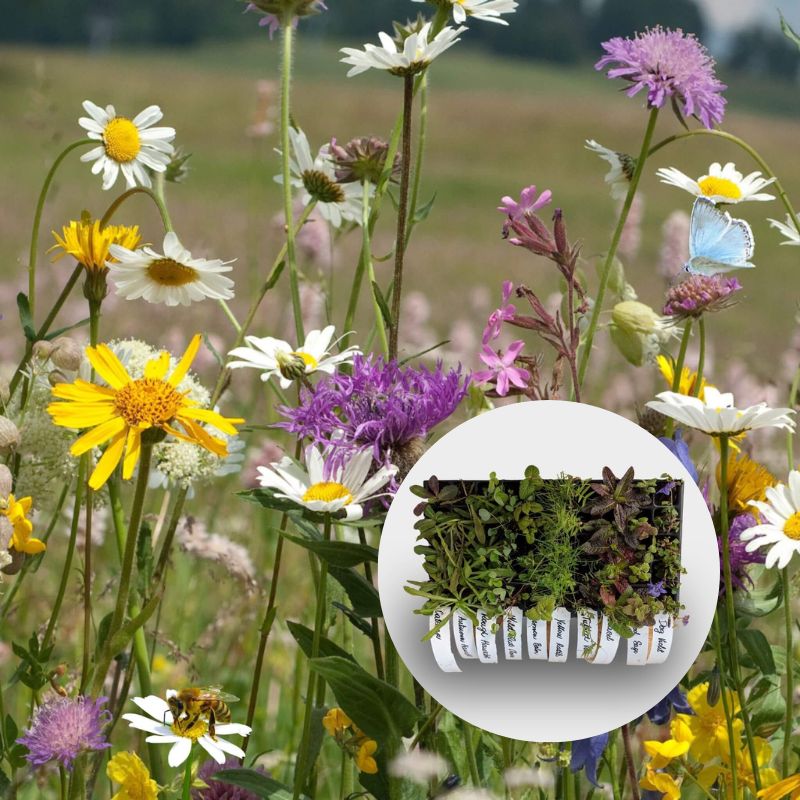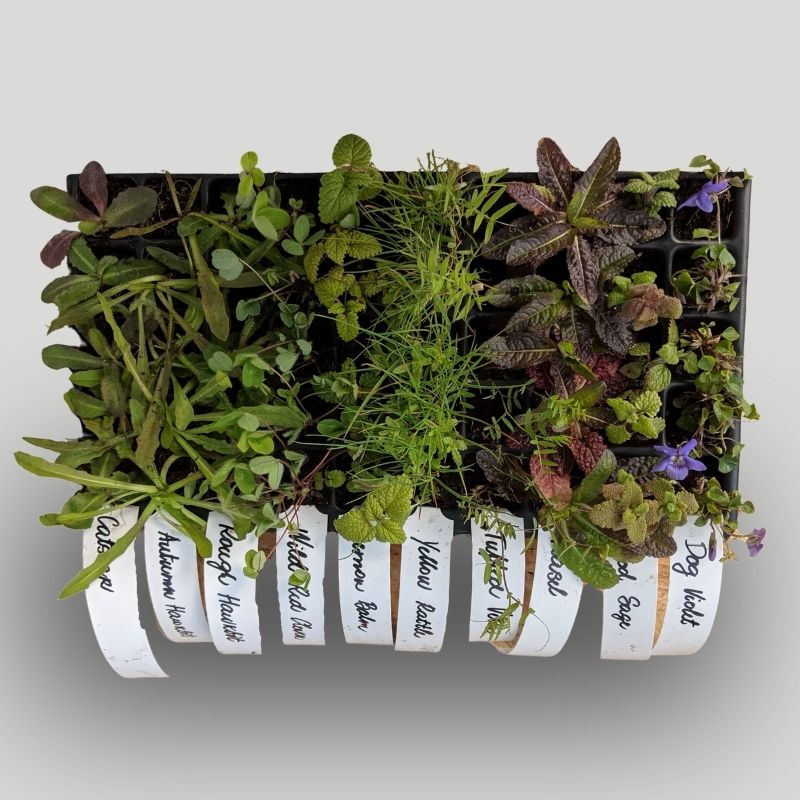
Clover Lawns: What They Are, Their Benefits, and How to Create One
With its lush green look, pollinator appeal, and low-maintenance needs, a clover lawn is a sustainable alternative to a conventional grass-only lawn. Whether you’re looking to overseed an existing lawn with clover or sow a new clover-grass mix from scratch, this comprehensive guide explains the key differences, benefits, and how to get started.
What Is a Clover Lawn?
A clover lawn is exactly what it sounds like—a lawn made up entirely or partially of clover plants, most commonly white clover (Trifolium repens). Clover lawns can be:
-
100% clover (pure clover seed, no grass)
-
Clover-grass mix (a blend of clover and traditional lawn grasses)
The choice between the two comes down to appearance, function, and durability.
Clover Lawn vs. Clover-Grass Mix: What’s the Difference?
When planning a clover lawn, one of the first decisions to make is whether to go all-in with clover or combine it with traditional lawn grasses. Each option has its own strengths—and the best choice depends on how you want your lawn to look, feel, and function.
🍀 100% Clover Lawn
-
Lush and green with a soft, velvety feel underfoot.
-
Excellent nitrogen fixer—feeds itself and nearby plants.
-
Attractive to bees and pollinators when in flower.
-
Lower maintenance (less mowing and no fertiliser needed).
However:
-
Clover doesn’t handle heavy foot traffic as well as grass.
-
May become patchy over time without grass to fill in gaps.
-
Can be more prone to dieback in winter (especially in colder climates).
🌱 Clover-Grass Lawn
-
Blends the resilience of grass with the environmental benefits of clover.
-
Better year-round coverage and wear tolerance.
-
The clover fixes nitrogen, naturally fertilising the grass around it.
-
More visually diverse, with subtle variation in colour and texture.
In most cases, a mixed clover-grass lawn is the most practical long-term option—especially for family gardens or spaces with moderate use.
White Clover

Why Choose a Clover Lawn?
Switching to a clover lawn is a practical and environmentally conscious choice that delivers long-term benefits for both your garden and the planet. Here’s why clover is becoming a go-to option for lawn lovers and low-maintenance gardeners alike:
🌱 Natural Nitrogen Fixer
Clover has a unique ability to take nitrogen from the atmosphere and “fix” it into the soil via a symbiotic relationship with rhizobium bacteria in its root nodules. This means it feeds itself—and the surrounding plants—without the need for synthetic fertilisers. In a clover-grass mix, the grass benefits from the clover’s nitrogen, resulting in a greener, healthier lawn with fewer inputs.
💧 Drought Tolerant and Resilient
Clover has deeper roots than most common lawn grasses, allowing it to access moisture further down in the soil. This makes clover more resistant to drought, and it stays green for longer during dry spells. While traditional lawns may go brown in summer heat, clover often remains lush and vibrant.
🐝 Excellent for Pollinators
Clover flowers are a rich nectar source for bees, butterflies, and other pollinating insects. By allowing some clover to flower in your lawn (even part of the season), you create a valuable foraging area that supports local biodiversity. It’s a simple way to help reverse pollinator decline.
✂️ Lower Maintenance
Clover grows more slowly than most turf grasses, meaning it needs less frequent mowing. It also naturally suppresses some weeds, reducing the need for herbicides. Because it self-fertilises, you can also ditch the regular feeding schedule required for conventional lawns.
👣 Soft and Comfortable
Clover has a naturally soft, cushiony texture underfoot, making it a pleasant surface for walking, lounging, or playing (a mix of clover and grass is more durable than 100% clover). It’s particularly gentle on bare feet and doesn’t form thatch like grass, so the surface stays smooth and usable.
🌿 Stays Green Longer
Thanks to its drought tolerance and nitrogen-fixing properties, clover tends to stay greener for longer—even in low-nutrient soils or during challenging weather. In mixed lawns, it helps maintain colour and vibrancy throughout the growing season.
🔄 Self-Repairing and Spreading
White clover/micro clover spreads horizontally via creeping stems called stolons, which means it can fill in gaps and recover from wear or damage more quickly than some turf grasses. In a mixed lawn, this helps reduce patchiness and ensures a more consistent ground cover over time.
Red Clover

How to Introduce Clover Into an Existing Lawn
You can transform your current grass lawn into a clover-grass blend without starting from scratch. Here's how:
✅ When to Sow:
The best times of year are:
-
Spring (April to early June)
-
Early autumn (late August to mid-September)
These periods offer warm soil and regular moisture—ideal for germination.
✅ Sowing Rate:
-
For overseeding: 1–2 g/m² of clover seed.
✅ Steps to Sow Into Existing Lawn:
-
Mow your lawn short and rake out any thatch or moss.
-
Scarify or roughen the soil surface slightly to help the seed make contact.
-
Broadcast the clover seed evenly—you can mix it with dry sand for easier spreading.
-
Water in well, and keep moist for 7–14 days until germination.
-
Avoid mowing for 3–4 weeks to allow the clover to establish.
How to Sow a Clover Lawn on Bare Seedbed
Starting a clover lawn from scratch on bare soil gives you the best chance of even coverage and long-term success. Whether you’re sowing a 100% clover lawn or a clover-grass mix, good preparation is key.
✅ Sowing Rates
-
100% clover lawn:
Sow at 5–10 g per m², depending on the size of the area and the clover variety. Micro clover is typically sown at the lower end of this rate due to its dense growth habit. -
Clover-grass mix:
Use a mix such as our Grass Seed for a Clover Lawn with around 5% clover and a mix of durable grass species.
✅ How to Sow a Clover Lawn
-
Prepare the Seedbed
Remove all existing vegetation, weeds, and debris. Cultivate the soil lightly and rake it to create a fine, level tilth. A smooth, crumbly surface will help ensure good seed-to-soil contact. -
Sow the Seed
Broadcast the clover seed or clover-grass mix evenly across the area. For better accuracy, divide the seed in half and sow in two directions (e.g. north-south, then east-west). You can mix the seed with dry sand or compost for easier spreading. -
Firm the Soil
Lightly rake the seed into the top 0.5 cm of soil, then gently firm the surface with a roller or by treading it down to ensure good seed-to-soil contact. Clover seed is small and should not be buried too deeply. -
Water Gently and Keep Moist
Water the area lightly but thoroughly after sowing, and keep the soil consistently moist for the first 7–14 days. Germination usually occurs within 1–2 weeks, depending on temperature and soil conditions. -
Avoid Mowing Too Soon
Allow the clover to reach a height of around 7–10 cm before the first cut, and then mow gently to encourage spreading. Regular mowing will help suppress weeds and promote dense, low growth—especially with micro clover.
Crimson Clover

Clover Varieties and Their Characteristics
Not all clovers are the same—different species offer different growth habits and appearances. Here's a breakdown of the most common types:
🍀 White Clover (Trifolium repens)
-
The most popular for lawns.
-
Low-growing, spreading by creeping stems.
-
Perennial and hardy, tolerates some foot traffic.
-
Flowers attract bees (but can be mown off if needed).
🍀Red Clover (Trifolium pratense)
-
Taller-growing with larger leaves and red/pink flowers.
-
Great for meadows and pollinator areas.
-
Deep roots help improve soil structure.
-
Better suited to wild patches, not mowing areas.
🍀Crimson Clover (Trifolium incarnatum)
-
Annual with striking crimson flowers.
-
Grows upright and tends to be too tall for lawn purposes.
-
More often used in wild patches or wildflower mixes.
🍀Micro Clover
-
A specially bred strain of white clover with very small leaves and a compact growth habit.
-
Designed specifically for lawns.
-
Blends beautifully with fine grasses and doesn’t flower as often—making it great for people who want the benefits of clover without visible blooms.
-
To encourage “micro” behaviour, mow regularly and don’t overfeed—rich soil can make it grow larger.
Final Tips for Success
-
Mow higher than you would for a standard lawn (around 4–6 cm) to allow both grass and clover to thrive.
-
Limit fertilisers—clover doesn't need them, and high nitrogen will favour grass growth.
-
Water during dry spells in the first few weeks while the clover establishes.
-
Don’t panic if you see patchy growth at first—it will often spread and fill in over time.
Clover lawns are an attractive, eco-friendly alternative to traditional grass lawns—offering a more sustainable, wildlife-friendly and low-maintenance solution. Whether you’re overseeding a tired lawn or starting fresh, incorporating clover is a simple step toward a greener garden in every sense.
Explore our full range of clover seeds here and start building a lawn that works with nature, not against it.


